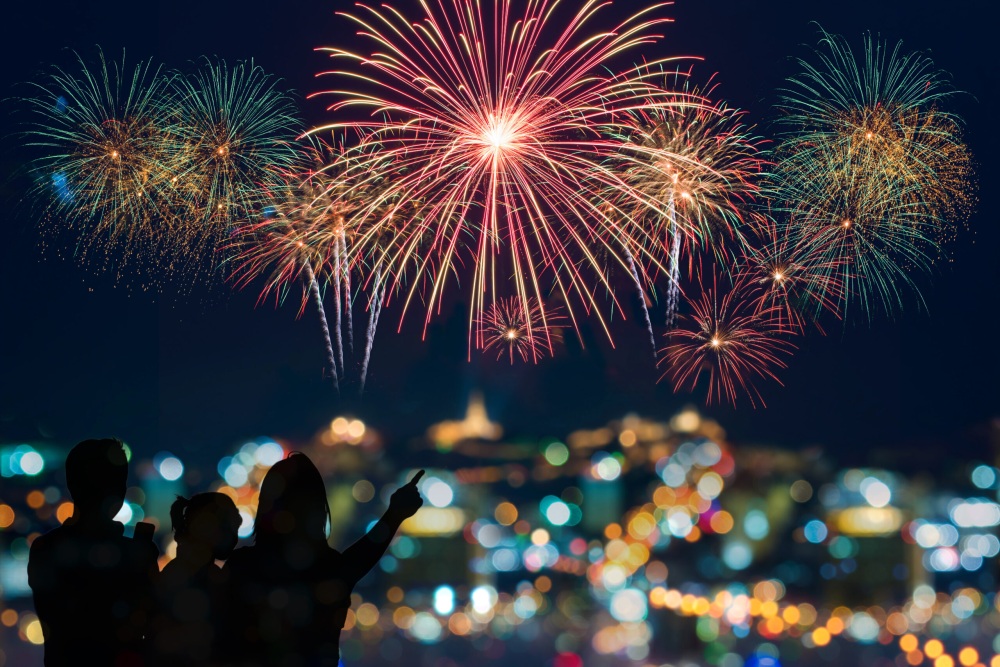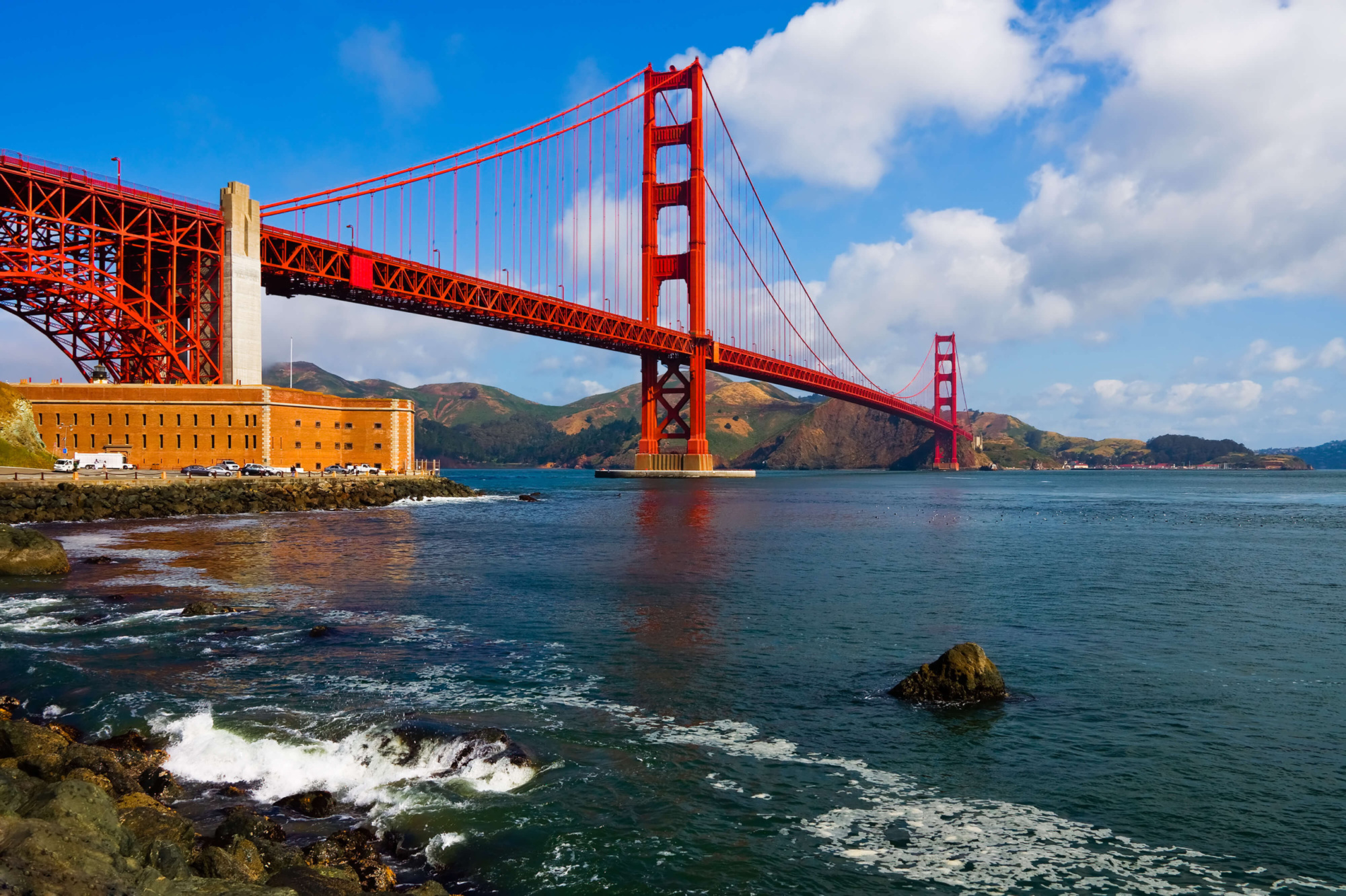

Bring out the red, white and blue, because the Fourth of July is in just four days and in four more years, the country will celebrate its 250th birthday—the semiquincentennial!
Born through the American Revolution, the United States was founded on July 4, 1776 with the adoption of the Declaration of Independence. The historic document officially declared American independence after decades under British rule. In the years that followed, the United States began its daring experiment in democracy, one that continues to this day.
Here are some little-known facts about Independence Day that may impress people gathering for fireworks or at BBQs.

Two copies of the Declaration of Independence were uncovered in the last 25 years
On July 4, 1776, after the Declaration of Independence was adopted, Philadelphia print shop owner John Dunlap was tasked with creating copies of the document to distribute throughout the 13 colonies. These became known as the “Dunlap broadsides.” Only 26 of these rare documents—held in museums and libraries—are believed to have survived.
In 1989, over two centuries later, a Philadelphia man purchased a picture frame at a flea market for $4. Hiding on the back of the frame was none other than an original Dunlap broadside. The copy later sold for $8.1 million. In 2009, another Dunlap broadside popped up at the British National Archives in the United Kingdom. The document was found buried in a box of papers captured during the American Revolution.
There is something written on the back of the Declaration of Independence
There is an upside-down message written on the back of the signed Declaration of Independence at the bottom. It reads: “Original Declaration of Independence dated 4th July 1776.” Historians believe it to be a label, as the document was often rolled up.
Two Founding Fathers and former presidents died on July 4
Two of America’s most well-known Presidents—Thomas Jefferson and John Adams—both passed away on July 4, 1826 within hours of each other, just as the United States was celebrating its 50th anniversary. John Adams served as the first vice president, alongside George Washington, and later as the second president of the United States. Thomas Jefferson not only served as Adams’ vice president but became the third president of the United States just after. Prior to holding office, Jefferson was also the main author of the Declaration of Independence. Both men played significant roles in the founding of the country, making their coincidental Independence Day deaths eerily remarkable.
The country’s largest firework display is in New York City
Speeches, parades and musical performances are among some of America’s long-held Fourth of July celebrations. Fireworks, perhaps the most popular of the traditions, were made legal when approved by Congress in 1777. Thousands of firework spectacles take place across the country each year, but only one holds the title of being the largest in the United States. With 96,000 pounds of steel mortar tubes and 50 pyrotechnics, Macy’s Fourth of July Fireworks show in New York City lays claim. Macy’s has been delivering dazzling firework displays since America’s bicentennial in 1976, each larger than the last and keeping the cherished firework tradition brighter than ever before.
Interested to learn more about our nation’s history?
Read about the History of Memorial Day and Flag Day.
Learn more about the American Revolution and the events leading up to our nation’s founding, like General George Washington and the Crossing of the Delaware and the crucial role the South played.
Sources
Compiled from History.com: “9 Things You May Not Know About the Declaration of Independence,” “History of the Fourth of July”

America’s Field Trip
Engaging students nationwide to celebrate America’s 250th anniversary!
A new contest inviting students in grades 3–12 to share their perspectives on what America means to them — and earn the opportunity to participate in field trip experiences at some of the nation’s most iconic historic and cultural landmarks.